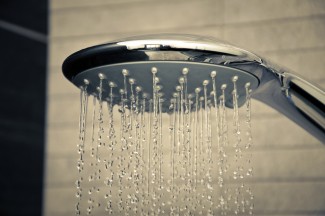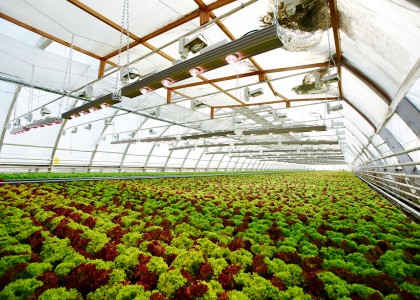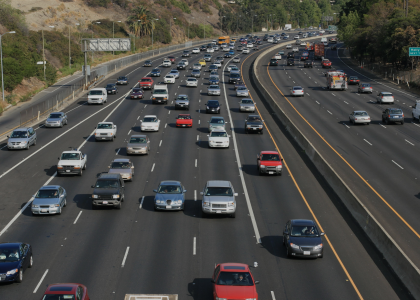Washington, DC — A proposed rule announced by the Department of Energy (DOE) today would undo a loophole created by the previous administration and ensure showerheads do not needlessly use more water than Congress directed nearly three decades ago. To date, few manufacturers have chosen to produce products that exploit the loophole, but such showerheads could waste water at a time when much of the western United States is in drought.
Congress set a standard in 1992 limiting showerheads to spraying 2.5 gallons of water per minute, helping reduce the strain on water supplies and cut energy use from water heating. Manufacturers subsequently improved their models; today’s highest-rated fixtures use significantly less water than the standard allows, and researchers have found no significant impact on user satisfaction from some models that do so (nine states or jurisdictions have standards that are stronger than the 1992 standard).
But in December 2020, following comments by the then-president concerning showerheads, DOE issued a final rule allowing models with an unlimited number of nozzles that each could use 2.5 gallons of water per minute.
“People aren’t clamoring for these things, and the department is right to close the loophole,” said Steven Nadel, executive director of the American Council for an Energy-Efficient Economy (ACEEE). “They should get this one finished and move quickly on setting standards for products that are overdue for updates.”
Andrew deLaski, executive director of the Appliance Standards Awareness Project (ASAP), said, “It’s a good and necessary step. At a time when a good portion of the country is experiencing serious drought exacerbated by climate change, there’s no place for showerheads that use needless amounts of water.”
Only a handful of models available for sale today through major online retailers appear to potentially exploit the current loophole and feature multiple nozzles that together may exceed 2.5-gallons-per-minute.
At the time of President Biden’s inauguration, DOE had missed 28 legal deadlines for reviewing efficiency standards for products ranging from refrigerators to room air conditioners, and the agency has yet to complete a review of any of them. Many more are coming due in the years ahead.
The American Council for an Energy-Efficient Economy (ACEEE), a nonprofit research organization, develops policies to reduce energy waste and combat climate change. Its independent analysis advances investments, programs, and behaviors that use energy more effectively and help build an equitable clean energy future.
The Appliance Standards Awareness Project (ASAP) organizes and leads a broad-based coalition effort that works to advance, win and defend new appliance, equipment and lighting standards which deliver large energy and water savings, monetary savings and environmental benefits.



